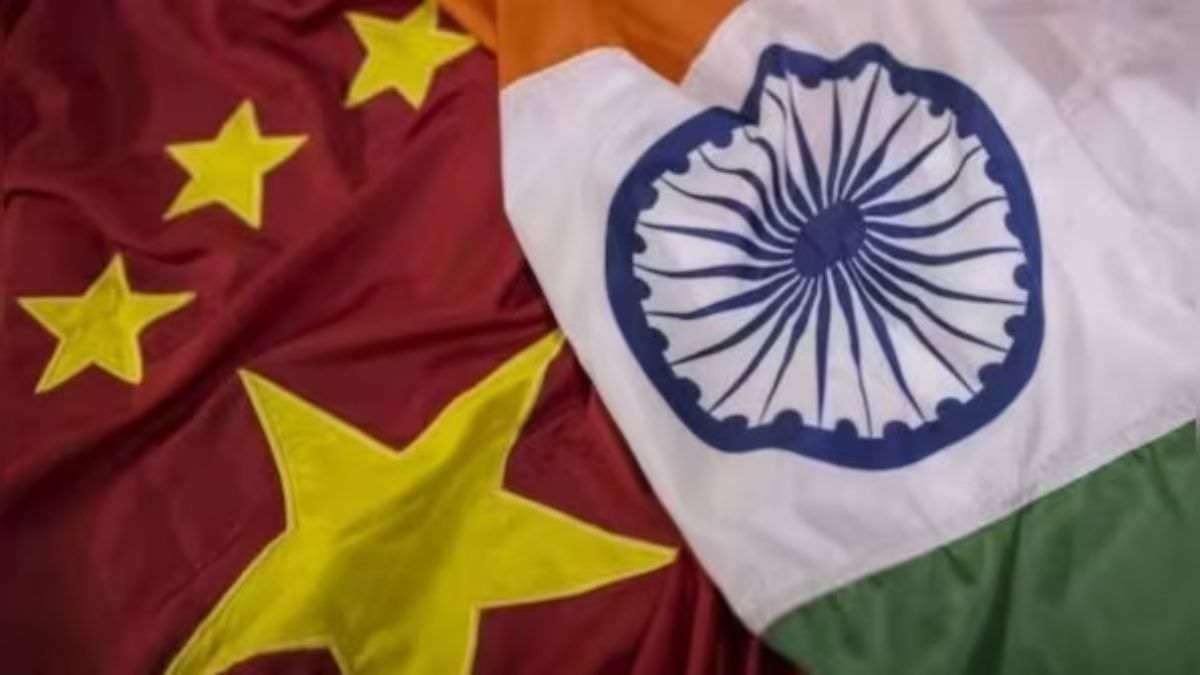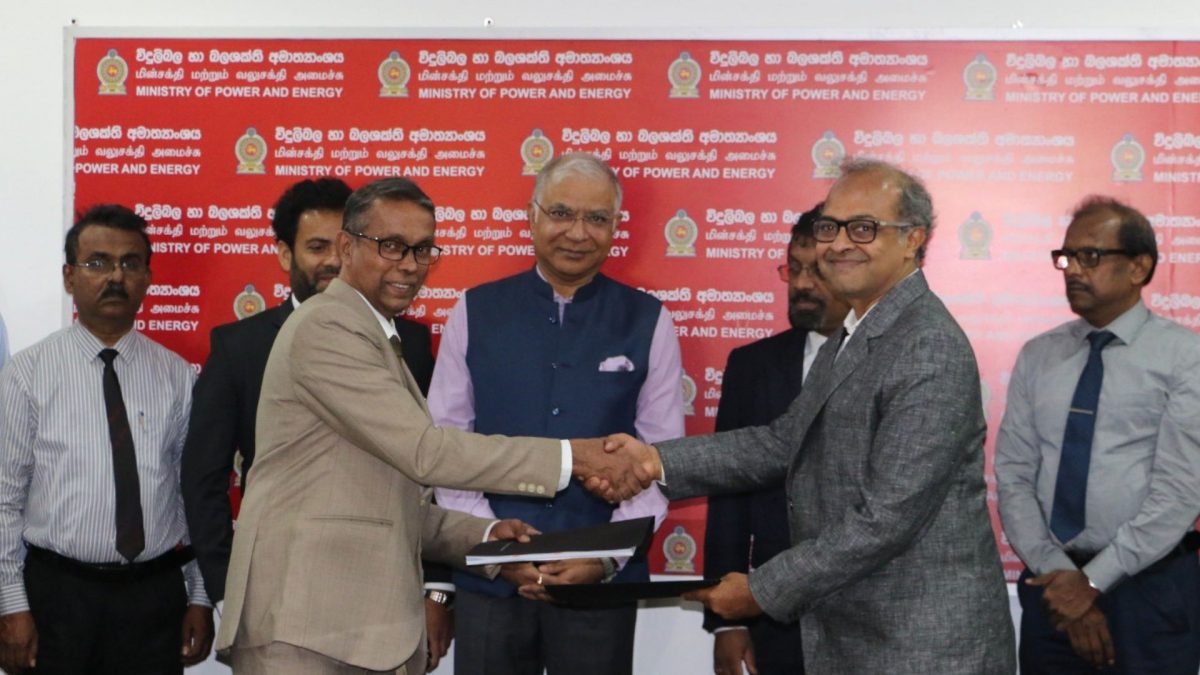As Aakar Patel writes in the Mint of a north-south divide, and how life in the south is the life he prefers, I’ve been thinking of the changes in India in the last 40 years or so – and of elements in our lives that have transcended the ‘north’ and ‘south’ appellations and have gone on to become truly Indian.
There are many.
Food. Clothes. Culture. Films. Sports. Language. People.
Try this with a 10-year-old child – ask him or her which part of India a salwar kameez comes from. Or a dosa. Or a samosa. Or bhangra. Or cricket.
When I was 10 years old, these were very simple questions to answer. If I saw a woman in a salwar kameez, she had Punjabi/Delhi roots. That’s it. There was no other woman who wore such clothes.
The dosa or the idli was available only in SOUTH INDIAN restaurants or establishments. Today, ironically, the only major airport in India where you cannot get a plate of idlis or a dosa after you check in is Chennai. The samosa and the chana bhatura was unavailable in Chennai in the early 1980s, but is available at every snack bar now.
Music is accessible and crosses over with ease – but not the classical music that Patel writes about. So Dhanush’s Kolaveri is a national hit, as was Jassi’s Dil Lagi Kudi more than a decade ago. Shankar-Ehsan-Loy are headliners in Bangalore, Chennai and Kochi; Hariharan is a big draw from Pondicherry to Patiala. DJs like Akbar Sami and Chris Corea can rock the crowds in Calangute as easily as they can in Shillong.
They’re all Indian – no one thinks of these performers as SOUTH or NORTH Indian. The capitalisation is intentional, as that’s how the words seem to sound – LOUD.
Rajinikanth is an all-India phenomenon, as is Shah Rukh Khan. Thanks to the IPL, cricket is now truly a democratised sport. Bopanna and Somdev are thought of as Indians – never as anything else. Sania is not thought of as a South Indian.
Anuja Chauhan and Kalli Purie have fans across the country, as do Shashi Warrier and Jhumpa Lahiri.
And of course, language has travelled, too. B**** c*** is used in traffic jams in Chennai, Bengaluru, Pune, Jaipur, Kolkata and Guwahati with equal comfort and venom.
This is just the tip of the iceberg. What Aakar Patel has done is to equate the life he leads to the life of the average Indian, and to extrapolate his cultural tastes and mores on the rest of the country.
There are many positives about becoming more Indian and less regional – and many negatives as well. The osmosis has ensured all parts of India are now equally indisciplined on the roads; that the contempt for authority is now universal, and so on.
But, it’s all still about osmosis, of a country where, 50 years ago, Indians hardly travelled beyond their home towns. With the changes in the economy in the past two decades, and relative prosperity of the middle-class, there’s an urge to travel – and to absorb and assimilate the best from the ‘rest’ of the country.
We’ll see more osmosis, more ‘good’ things like idlis and chana bhatura travelling, and more ‘bad’ things like road rage travelling as well.
At the end of it, we will not speak of NORTH and SOUTH India – because the twain would have met.


)




)
)
)
)
)
)
)
)